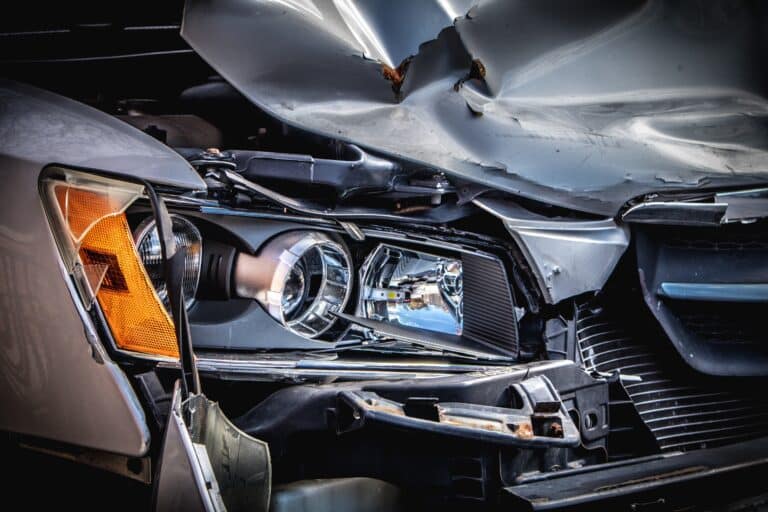All automobile accident cases are centered on proving who is at fault.
Each driver involved in a car wreck is probably concerned about who is
at fault or liable for the wreck. The driver who is at fault will be responsible
for paying the harms and losses caused by that car wreck.
The truth about many accidents is that fault can be shared to some extent.
Sometimes one driver may be partly at fault for speeding while another
is partly at fault for pulling out in front of the other. The determination
of fault has a major impact on how the injury claims are settled for all
involved parties.
Determining liability can be a very difficult component of an accident
claim – especially if there are conflicting stories about what happened.
Many times, there will be a fight about who is at fault or who bears the
biggest portion of the blame for an accident. This is why having an experienced
car accident attorney is key to getting a fair settlement.
Determining Fault
The actions of all drivers are considered during this part of the case,
and even injured drivers may share partial fault in the final assessment.
Final assignment of a driver’s fault is given by a judge or jury
if the case goes to court, but many accident cases are settled long before
this step.
Remember that just because an injured person may be partly at fault for
a crash does not mean that he or she cannot make a claim and recover some
money. Cases that do not involve obvious fault are the ones that find
their way to the court, which will always require a personal injury attorney
with trial experience.
Understanding Comparative Negligence
Liability in an auto accident is impacted by the comparative negligence
law, which says all parties’ potential liability in a crash must
be evaluated. The percentage of liability assigned to each driver will
determine their responsibility for the other party’s injuries.
While passengers are typically able to get their entire damages considered,
drivers will have their total damages reduced by the amount of their comparative
negligence percentage. If a driver is partly at fault for the crash, then
that driver will have their award reduced by that percent of fault.
In pure comparative negligence states, only drivers who are 100% responsible
for an accident will not receive injury compensation. Most injured drivers
should receive some form of compensation.
In a modified comparative fault state, drivers who are over 50% at fault
will be denied a claim. It is important to hire an attorney who is experienced
and licensed in the state where the wreck happened.
Often establishing liability in a car accident is not an easy task. When
in doubt, always call an
experienced personal injury attorney. Even if you are not sure whether you have a claim or not, you can always
speak with the attorneys at Johnson Vorhees & Martucci. Our firm has
over 140 years of collective experience representing injury victims and
a proven track record of results for our clients.
Contact our firm at (833) 600-0125 for a no-fee, no-obligation consultation.




